🇰🇵 North Korea: The Mysterious Kim Dynasty
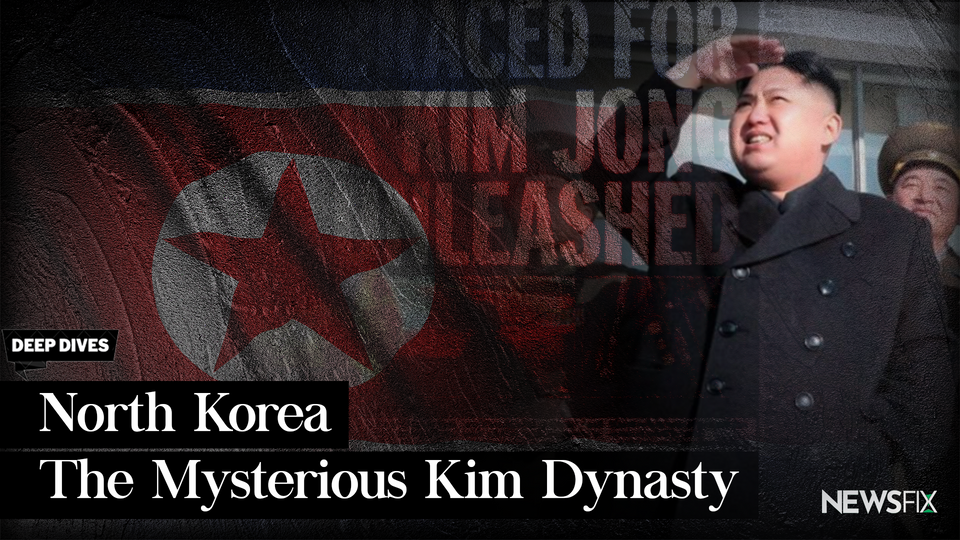
Morning all,
Friday marked ten years since the death of Kim Jong Il, and the passing of leadership to his youngest son, Kim Jong Un.
As ever, North Korea remains a highly secretive country, where information is very tightly controlled.
We've done our best to dig deep, documenting what we know - and don't know - about the country and its Kim dynasty - in power since 1948.
We hope it makes for an enjoyable and informative read.
Until Monday,
Your Fixers
OVERVIEW
The country's official name is the Democratic People's Republic of Korea - DPRK.
North Korea is a country in East Asia - and is bordered by South Korea, China and Russia. Japan is also a short distance away - located to its east.
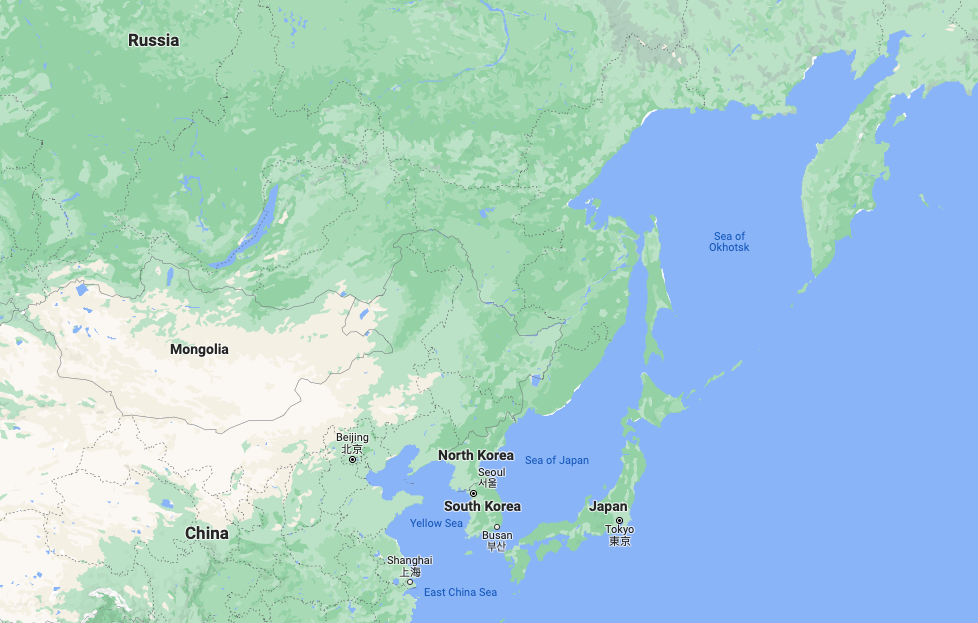
The country's capital is Pyongyang - an industrial city and transport hub near the west Yellow Sea coast.
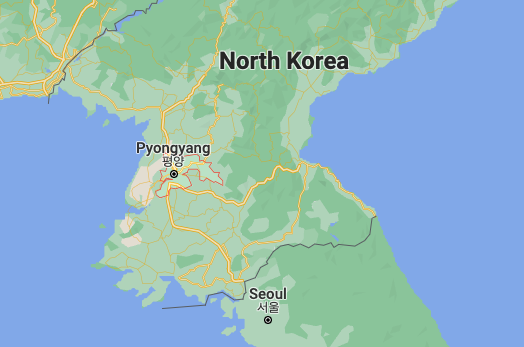
THE POPULATION
North Korea has a population of nearly 26 million people. Ethnically, the country is almost homogeneous, and nearly all people are Korean. This is because North Korea has been largely isolated since 1945. The only other notable ethnic group is the country’s very small Chinese population.
All Koreans speak the Korean language - the script for which is a phonetic alphabet, known as Chosŏn muntcha in North Korea, and Han’gŭl in South Korea.
Korean includes elements from Japanese (Japan occupied Korea from 1910-1945) and Chinese. In North Korea, effort is made to remove this influence - with newspapers and publications written solely in Chosŏn muntcha.
THE KIM'S
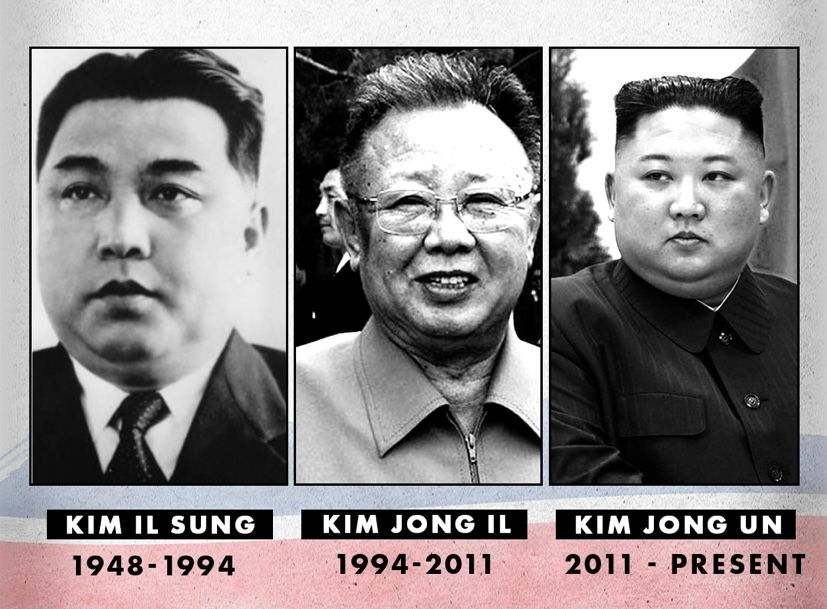
Since 1948, the leader of North Korea has been called Kim: Kim Il Sung, Kim Jong Il and Kim Jong Un. The country is ruled by a family dynasty - passed from father to son. The BBC once described it as "the world's most powerful hereditary monarchy".
Kim Il Sung was the first leader of the DPRK - ruling from the country’s establishment in 1948, until his death in 1994.
Kim Jong Il was the oldest son of Kim Il Sung, and took over leadership of the country after his father’s death - ruling from 1994 until his death in 2011.
Kim Jong Un was the youngest son of Kim Jong Il, and became the leader of North Korea after his father’s death in 2011.
WHAT'S IN A NAME?
‘Kim’ is a surname - and very popular throughout Korea. Data from North Korea is unavailable, but in South Korea around 20% of the population share the surname.
‘Kim’ translates to ‘gold’, and was the surname of the family who ruled much of Silla - the historical Korean Kingdom - for 700 years. Later, when Japanese colonisers forced Koreans to take surnames, many chose status names including ‘Kim’.
BRIEF HISTORY
Japan controlled the Korean Peninsula until its surrender in WII - after which the US occupied the southern half, and the Soviet Union occupied the northern half.
The Soviets arrived alongside expatriate Korean communists - who they would later set up in key positions of power.
Separate governments for north and south were established in 1948 and Soviet dictator, Josef Stalin, anointed Kim Il Sung (Kim Jong Il’s father) as the first leader of the Democratic People’s Republic of Korea.
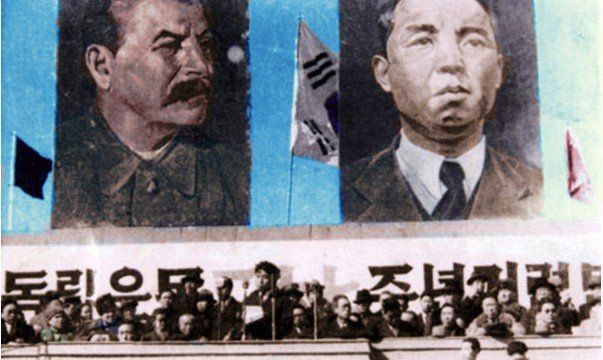
KIM IL SUNG
Kim Il Sung was born in 1912 - shortly after which his parents fled with him to China to escape Japanese rule. As a student, Kim joined a communist organisation - which led to him being jailed for one year in 1929.
After his release from jail, Kim became a guerilla fighter - resisting Japanese rule in Korea. It was here that he met his first wife, Kim Jong Suk - a fellow guerilla fighter.
Kim was noticed by the Soviets - who sent him to the USSR for political and military training. He became a Major in the Soviet army during WWII - leading a group of Korean expatriate soldiers.
As previously mentioned, the Soviets moved into Korea following Japan’s surrender in WWII. They installed Kim Il Sung as leader in 1948 - and he also became chairman of the Korean Communist Party in 1949.
THE KOREAN WAR
In 1950, Kim invaded South Korea - with the objective of unifying Korea. However, his forces were met with force by the US and the UN. They successfully repelled North Korean forces, and pushed them into the North. The US dropped more bombs on North Korea than it did on Nazi Germany.
China was concerned with the fighting - which was approaching its border - and became involved. It assisted North Korean forces in driving the western allies back into the South.
Trench-based fighting ensued for two years - and in 1953 an armistice was agreed. This cemented the division of Korea between North and South - and set in place a permanent ceasefire (still in effect today).
At some point during the war, Kim Il Sung’s wife gave birth to their first born son - Kim Jong Il. It is believed he was placed in China for safety.
Historians believe he was born in Russia, but that his birth place has been altered for official accounts. According to those, he was born on Mount Paektu - the highest point of the Korean peninsula and where, according to legend, Korea was founded.
His birth there was, according to Korean accounts, accompanied by a double rainbow.
KIM IL SUNG AS LEADER
After the ceasefire, Kim crushed domestic opposition and eliminated rivals within the Communist Party. With Korea officially divided - he was able to shape the North as he wished.
North Korea was moulded to be a highly regimented, militarised society following a philosophy of ‘juice’: self-reliance without foreign assistance. Kim pursued close ties with the USSR and China, whilst remaining hostile towards South Korea and the US.
Kim’s two central goals were a reunified Korea and industrialisation. In the latter he had some success, the North Korean state-run economy grew rapidly in the 1950s and 1960s - but stagnated shortly after.
PROPAGANDA
Throughout his premiership, Kim produced swathes of propaganda about himself - so effective that certain foreign leaders were seduced.
Romanian Dictator Nicolae Ceaușescu, who visited twice in the 70s, came away “quite mad” - according to one of his advisors. He was taken in by the “mass adulation, on the scale of a nation-state”.
Kim Il Sung also had good relations with socialist former-Yugoslavia - and leader Josip Broz Tito visited in 1975. North Korea bought trams from former-Yugoslavia, and they are still used in Pyongyang today.
During his leadership, Kim made a concerted effort to destabilise the West and promote ‘world revolution’.
In 1988, IRA volunteers were invited to North Korea for military training - and taught to use rifles, short arms and rocket launchers. One of those IRA members told BBC News Robert Mugabe’s special troops from Zimbabwe were stationed in a compound next to them.
The clip below is from three years ago, but makes for a particularly fascinating watch.
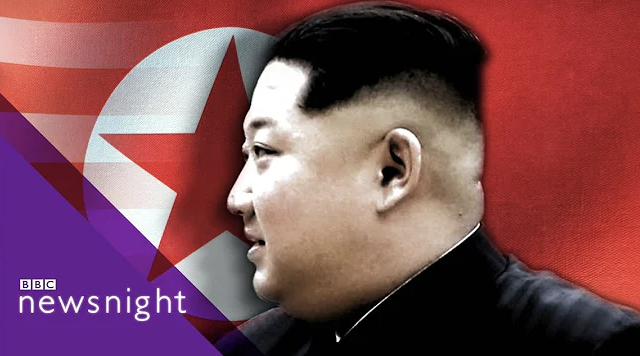
FAMINE
Severe food shortages occurred in the 1990s - it is unclear how many people perished, but some estimates are as high as four million.
One North Korean defector, Ji Huyung Park, described to the BBC how she “saw many dead bodies in the street, in the market and in train stations'.
During the famine, two Italian chefs were invited to cook at the Palace - and they described how the distance between their pizza toppings was measured in centimetres.
As they were driven across Pyongyang, they noticed unrest - and asked their minder what was happening. He turned up the music and ignored them.
FAMILY LIFE
Kim Il Sung was married to Kim Jong Suk - a fellow guerilla resistance fighter. The couple had three children together - Kim Jong Il (1941-2011), his brother Kim Pyong Il (1944-1947) and their sister Kim Kyong Hui (1946-).
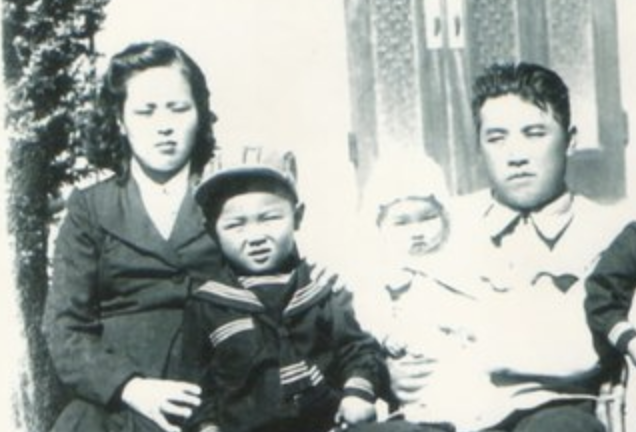
His wife Jong Suk died in 1949 at age 29, most likely during childbirth - with their fourth child stillborn.
In 1952, Kim Il Sung re-married to Kim Song-ae (1924-2014) - with whom he had three more children: daughter Kim Kyong Jin (1951-), son Kim Pyong Il (1954-) and son Kim Yong Il (1955-2000).
His second wife Song-ae became highly influential in North Korea, and she was referred to as the “first-lady”.
She reportedly had a strained relationship with her step-son, Kim Jong Il.
THE KIM DYNASTY
In his later life, Kim Il Sung paved the way for Kim Jong Il, his oldest son, to become leader. However, before he was given political positions, Kim Jong Il headed up the regime’s movie studio.
In the late 1970s, Kim Jong Il organised for a South Korean film director, Shin Sang-Ok, and his wife, actress Choi Eun-Hee, to be abducted. He demanded the pair produce propaganda movies, but they refused. Subsequently they were imprisoned for five years and fed bark and grass. They were released in 1986 and escaped North Korea.
Kim Jong Il was designated as his father’s successor in 1980, and subsequently held a variety of political positions. Kim Il Sung died in 1994 - and was posthumously given the title of ‘Eternal President’.
Kim Jong Il then became de facto leader and officially took up the post in 1998 - reportedly the first time power was handed down from father to son in a communist regime.
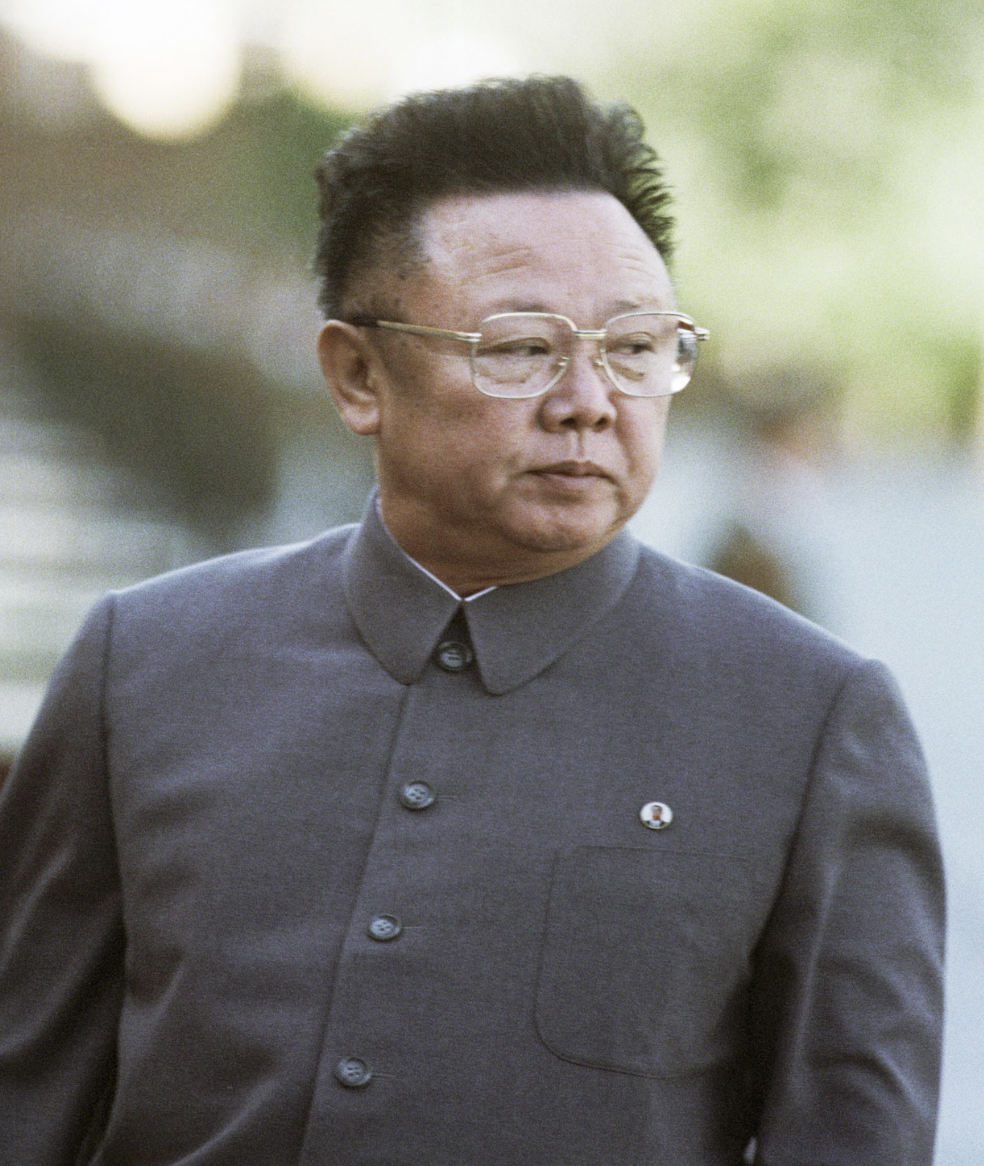
KIM JONG IL
Kim Jong Il lacked the charisma of his father, but built upon the mystique surrounding him by churning out more propaganda. He also pursued a similar domestic approach in policy and leadership style - but differed in terms of international relations.
Kim sought to improve relations with other countries - and appeared to abide by a Framework agreed with the US in 1994, which meant dismantling two nuclear reactors in return for two civilian reactors - provided by South Korea.
However the agreement collapsed in 2002, and US President Bush labelled North Korea an “axis of evil”. In response, Kim vowed to develop nuclear weapons - a negotiating tactic that the country has used ever since.
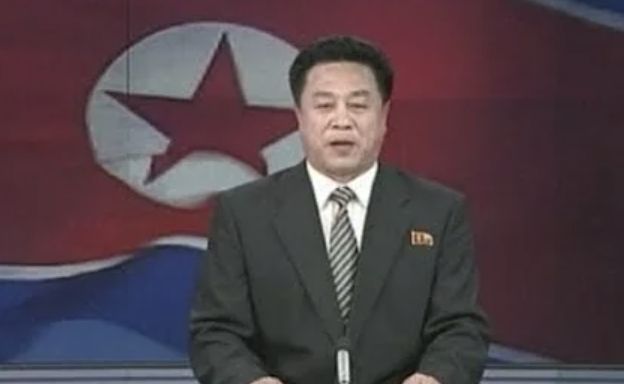
Kim Jong Il never confirmed that he had a wife - but it is understood he married Kim Yong Suk in 1994. He is also thought to have had three other relationships, and in total fathered three boys and two girls. One of these relationships - with Ko Young-hui - led to the birth of his youngest son, Kim Jong Un.
KIM JONG NAM
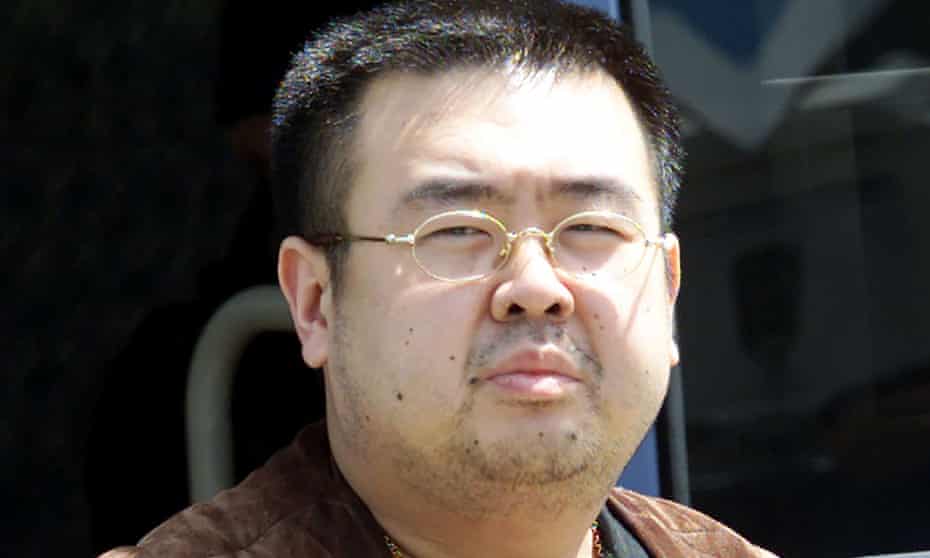
Kim Jong Il's eldest son, Kim Jong Nam, was "born in hiding".
According to CNN, he was an "illegitimate child," born after an affair between his father and a "famous married actress" - something very taboo in the deeply conservative country.
His existence was eventually revealed to his grandfather, Kim Il Sung, and he was reportedly raised as an heir apparent. That was until his fall from grace in 2001, when he was caught with cash in Tokyo airport travelling under a fake passport.
The embarrassment over the incident led to the end of Kim Jong Nam's chances of becoming leader, and he transitioned to a life in exile.
In a shocking incident in Malaysia in 2017, Kim Jong Nam was murdered when exposed to a nerve agent in the airport. The public and brazen killing led to major diplomatic fallout between Malaysia and North Korea.
The man widely considered to have ordered the murder was Kim Jong Nam's younger, half-brother, the country's new leader... Kim Jong Un.
KIM JONG UN
Kim Jong Un, is believed to have been born in either 1983 or 1984, and was educated in Switzerland under a pseudonym at the International School of Berne.
As mentioned, he is the youngest of Kim Jong Il's sons. He shared the same mother with his brother, Kim Jong-chol, and a sister. Their mother is understood to have died in 2004.
As mentioned, Kim Jong Nam fell out of favour with his powerful family and was not expected to succeed his father.
By mid-2009, Kim Jong Un was being referred to as “Brilliant Comrade” and named head of the State Security Department. International media had even begun speculating that Kim Jong Il's youngest "and least known" son was set to be his successor.
His older brother, Kim Jong-chol, was said to have been considered too "girlish" by their father to have been considered an heir.
In 2010, Kim Jong Un made his first public appearance and was promoted to the rank of four-star General - but is not known to have any military experience.
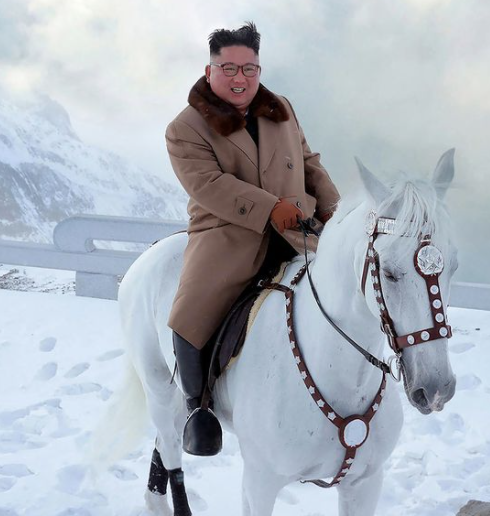
THE DEATH OF KIM JONG IL
On December 19 2011, North Korea announced Kim Jong Il had died on a train two days earlier - and Kim Jong Un was declared as “Supreme Leader”.
Kim Jong Il’s funeral procession was broadcast on state media - and pictures of distraught civilians lining the streets raised some interesting questions. Were they regular civilians - and was their grief genuine or expected of them?
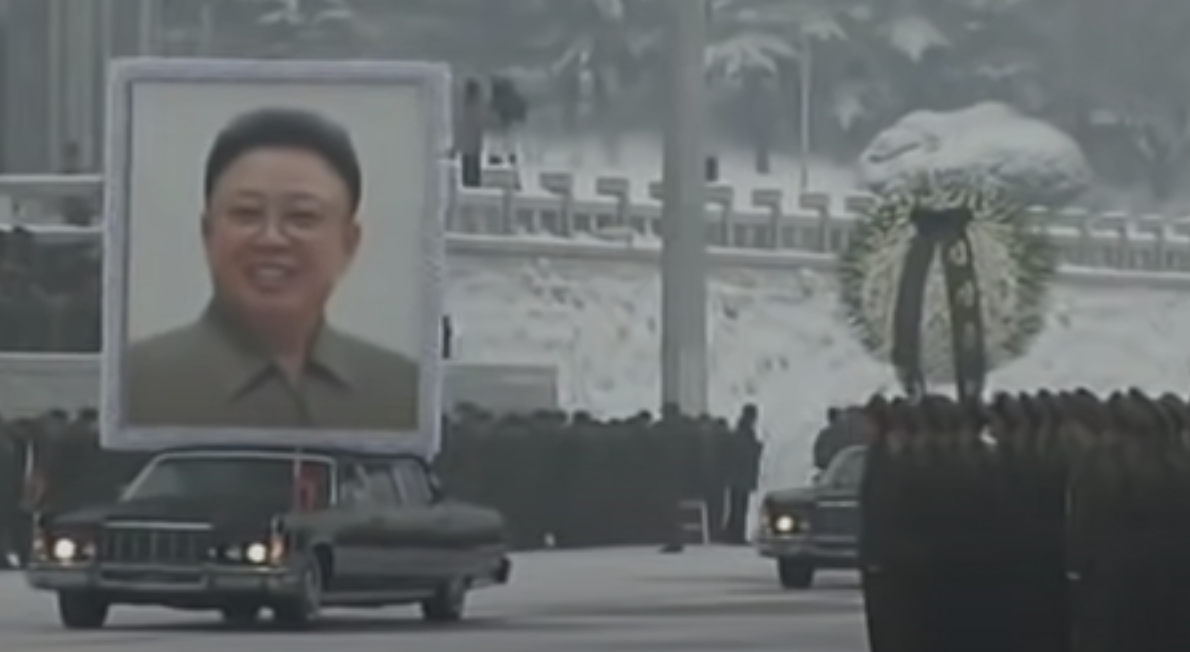
KIM JONG UN'S REIGN
The early years of Kim Jong Un’s leadership were characterised by a brutal consolidation of power - which included the public execution of his own uncle, Jang Song-Thaek, by firing squad.
Jang Song-Thaek had been a member of Kim Jong Il’s inner-circle - and responding to his death, Kim said he had “removed the scum”.
Executions of dissidents became increasingly common - and in 2016 the regime reportedly used an anti-aircraft gun to execute two senior officers believed to be a threat to the country’s leader.
There was also, of course, the murder of his half-brother Kim Jong Nam. The two half-brothers had never actually met, due to an ancient practice where potential heirs are raised separately.
CRIMES AGAINST HUMANITY
During the leadership of Kim Jong Un, the regime has been accused of detaining up to 130,000 prisoners in political prison camps - or gulags, for crimes including gossiping about the state.
A 2017 report, published by the the International Bar Association War Crimes Committee, found “sufficient evidence to establish that perpetrators ranging from Kim Jong Un to lower-level prison guards perpetrated, and continue to perpetrate, crimes against humanity”.
Thomas Buergenthal, a judge on the committee and survivor of Auschiwtz, described the gulags as “terrible, or even worse” than Nazi concentration camps.
North Korean defectors gave evidence to the committee, giving first-hand accounts of what they experienced or witnessed.
They included a “prisoner's newborn baby being fed to guard dogs” and “violent measures designed to induce abortions, including injecting motor oil into women's wombs”.
The political prison camps pre-date Kim Jong Un, and during the Kim dynasty it is estimated that hundreds of thousands of political prisoners have died in North Korea - many of them deliberately starved to death.
DIPLOMACY
Nuclear weapons testing has become increasingly frequent under Kim Jong Un - which led to a war of words in 2017 with then-US President Trump. Trump described Kim as “little rocket man” and said North Korea could be met with “fire and fury”.
In response, North Korea said Trump’s speech was made up of "reckless remarks by an old lunatic” - to which Trump replied, “Why would Kim Jong-un insult me by calling me 'old,' when I would NEVER call him 'short and fat?'.
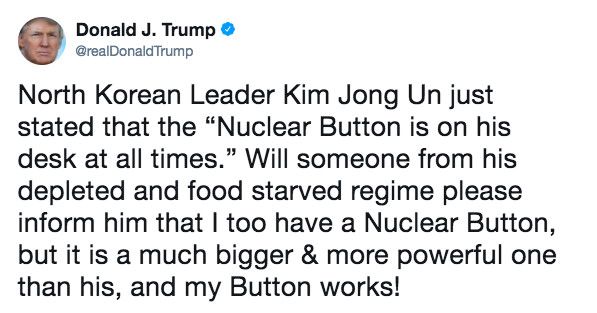
Despite the barbed insults, the tensions were followed by two in-person summits between the two leaders. It was the first time a sitting US President had ever met a North Korean leader. The summits were widely viewed as achieving little - but they did make for a good photo opportunity.
"Three meetings with former President Trump, five with China's leader Xi Jinping, and three with South Korea's President, Moon Jae-in. Kim Jong Un is well established on the international stage." - CNN analysis
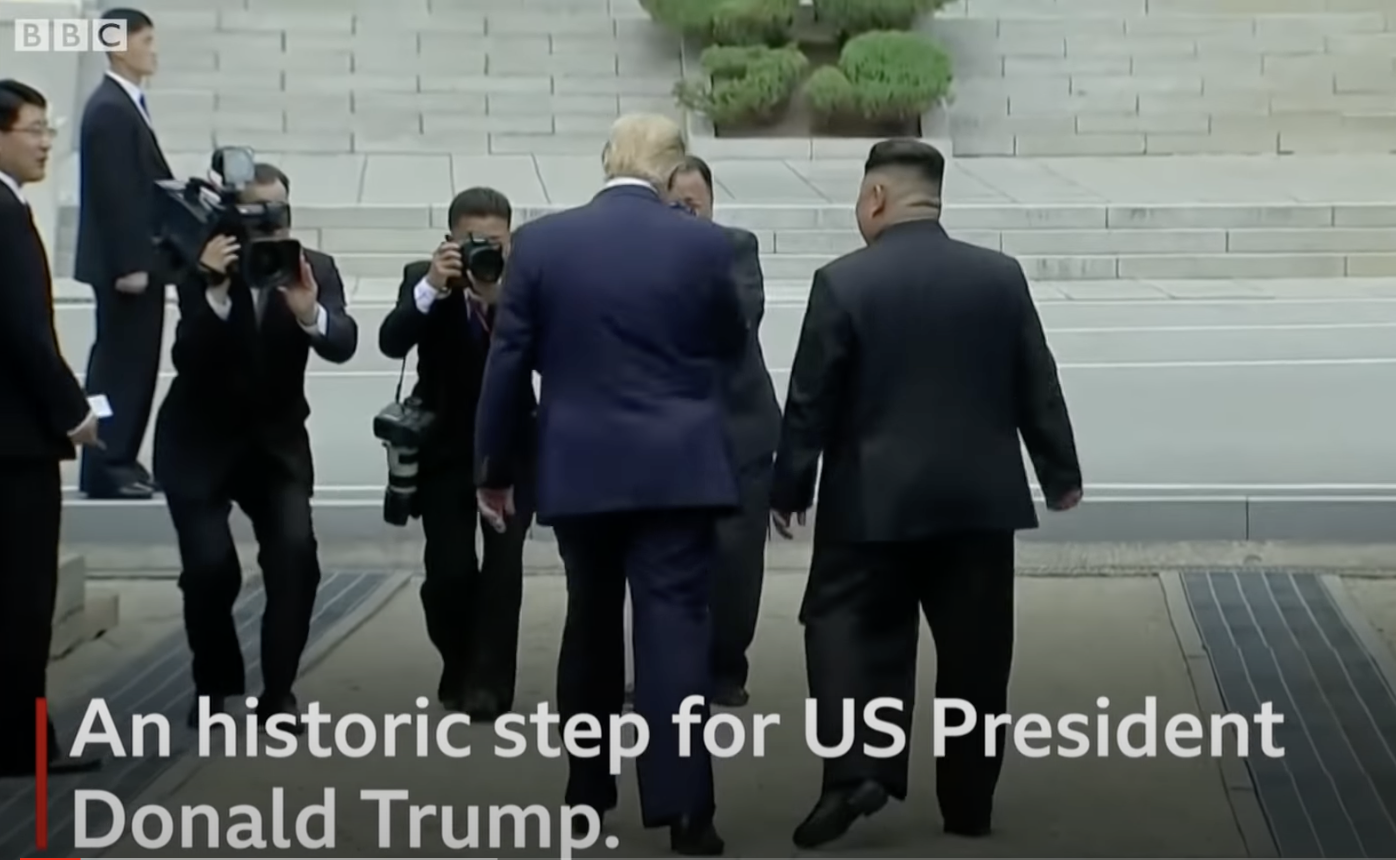
KIM JONG UN'S HEALTH
Speculation about Kim Jong Un’s health predated the insults thrown by Trump regarding his weight.
For six weeks from September and October 2014, Kim disappeared from public life, reportedly to get a cyst removed from his ankle.
Questions about his health were raised at the time - and a former personal doctor to his Father and Grandfather said the leader inherited a number of health issues, a history of obesity and psychological problems among them.
A 2009 New York Times articles described Kim Jong Un as a man "prone to high blood pressure and suffering from diabetes".
In April 2020, CNN cited sources saying Kim Jong Un was "in grave danger" after surgery. None of these claims have been confirmed or addressed by the regime.
"The infamously secretive nation goes to great lengths to protect the life story of its leader. When traveling abroad, for instance, Kim brings a private staff to “forensically clean” dishes, scrub hotel rooms and cart in portable toilets “so that he won’t leave any samples from which health information could be extracted.” - Fascinating context from The Washington Post
Recently, however, Kim has lost weight - and in September images were published of him looking considerably slimmer.

RELATIONS WITH SOUTH KOREA
Under the leadership of Kim Jong Un, relations with South Korea have thawed, to an extent.
In 2018, Kim met with South Korean President Moon - the first time the leaders of the two countries have met in more than a decade.
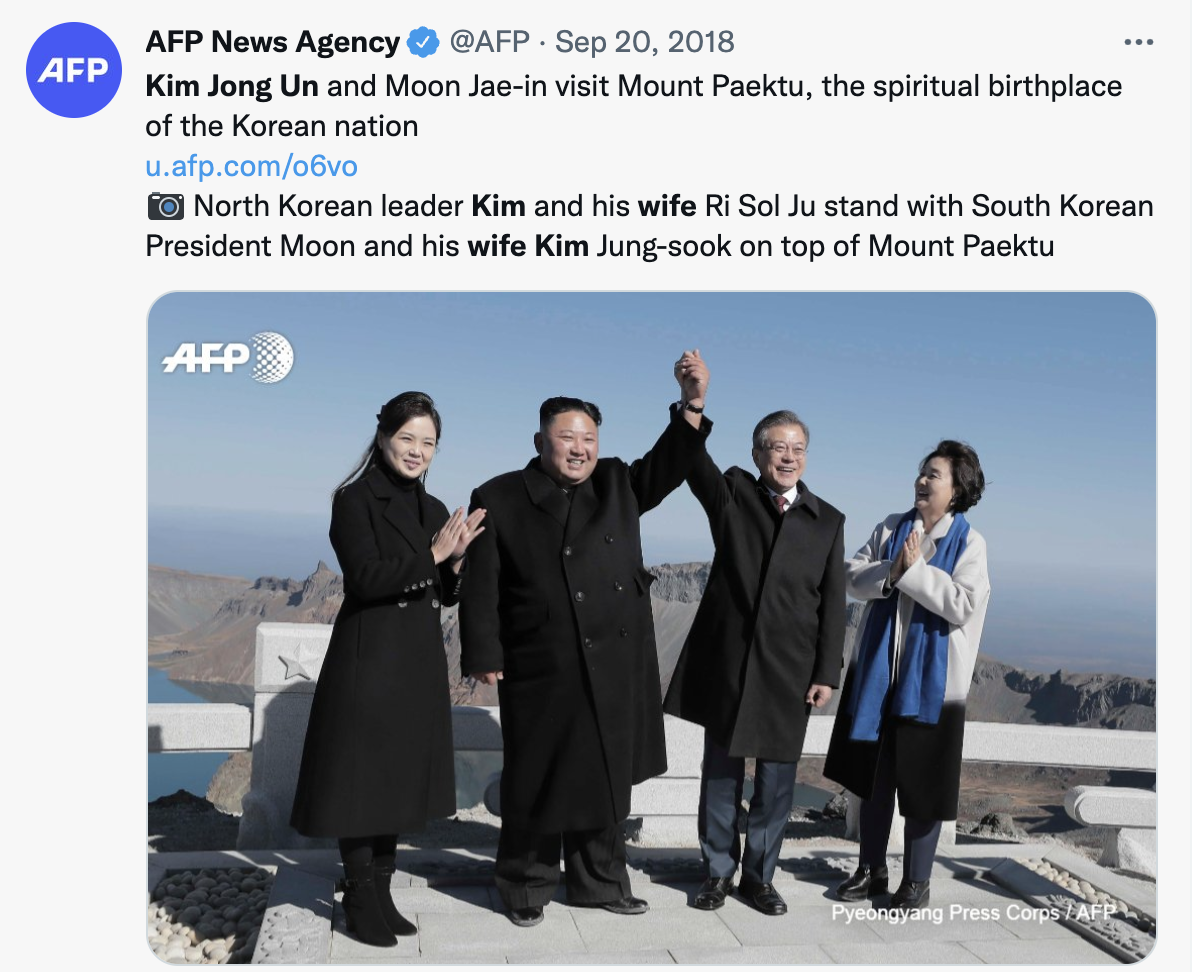
On December 13 2021 it was announced North and South Korea had agreed a deal ‘in principle’ on a formal end to the Korean war. South Korean unification minister, Lee In-young said “North Korea has been seemingly showing a more open manner towards dialogue than before”.
However, talks are being held back by what North Korea described as ‘US hostility’ - that is the presence of US troops in South Korea, and jointly held military exercises. The cessation of either appears unlikely in the foreseeable future.
THE FUTURE OF THE DYNASTY
In terms of what happens to the Kim Dynasty after Kim Jong Un - it is unclear. Details of his family life are tightly guarded.
He is married to Ri Sol-ju - believed to be a former singer who caught Kim’s eye during a performance. She appears in official photographs alongside him.
It is understood the couple have three young children - including a girl named Ju Ae. With time, one of his children may continue the Kim Dynasty - but for now, Kim Jong Un looks set to remain as Supreme Leader of the Democratic People’s Republic of Korea.

